After running the DP-3 extensively for a few days, here are my impressions:
The sound quality could be better (but could be worse), it has some operations quirks, but worthwhile as a transport or a secondary source.
SOUND QUALITY:
It is better than many audio components that include a headphone amp as a secondary purpose (a large percentage of which sound rather poor), but I would rate it only at the upper end of the mediocre range. Via the balanced out, there is a decent amount of power, and it drives the Sennheiser HD650 well.
The bass is where this amp performs best. It is tight, well-controlled, with fast attack and nothing in the way of unnatural resonances or coloration. It seems ever so slightly subdued on non-bass heavy music. But as soon as you put something on with extended bottom end, it is appropriately prominent, well-extended, and the amp handles compressed high-LUFS mastered bass quite well. But, the bass notes lack the vibrance present with higher-quality amplifiers.
The midrange and upper midrange have this glassy characteristic that masks detail and obscures texture. It reminds me very much of the iPhone 4S in terms of the sonic character, with more power and better low-end. The upper midrange can often sound shrill and harsh on vocals, even with laid-back cans like the HD650. Around 8-10kHz it is harsh and sibiliant.
For these reasons, it is a good pairing with a darker headphone like the HD650, a poor pairing for a bright can like the Hifiman HE400i or HE4xx, and a decent pairing with the HE400S given the latter's reduced top-end compared to its siblings. I daresay it can actually make the HD650 sound a touch bright on some passages, which is quite a statement.
It has a very narrow soundstage, with virtually no space or air around the instruments, and poor separation of things like individual voices amongst vocal harmonies. The overall character is thin, except for the solid bottom end.
If you are one of those folks that confuses crisp treble with detail, you will probably think this amp is very detailed. The upper treble is too crisp and prominent. But, if you know what actual detail is and you have experienced ears, I believe you will find this amp to be lacking in detail.
Note that despite these critiques, it does sound better than the headphone amps in my receivers, CD players, etc., and better than many cheap amps. But, in this price range, the Massdrop Cavalli Tube Hybrid (CTH) is a much, much better sounding amp. I also found the onboard amp in my Hifiman Supermini DAP to sound notably better. But again I must stress that this is a better sounding headphone amp than most in the under $200 price range.
I have other DACs with the SABRE 9018 chip that sound much better, such as the Hifime Sabre DAC at a fraction of the price. This must be a function of the implementation around the DAC chip, perhaps the capacitor coupling of the output and the particular caps used (speculation) or the fact that this is the version of the 9018 chip with the onboard headphone amp, whereas my other 9018 DAC has a separate headphone amp op-amp chip.
But, you must factor in that you are getting a hi-res network music player with remote and color LCD screen, so only a portion of the cost is allocated to the headphone amp.
Note that I only evaluated the balanced headphone output, not the single-ended.
The analog line output sounded better than the headphone amp.
QUIRKS:
Via the analog line output, there is a notable click/pop every time you skip to a track. Very annoying. This was much less noticeable through the balanced headphone jack, but if you listen for it you can still hear it there too.
NETWORK CONNECTIVITY AND PLAYBACK
The unit connected to my 2G wifi no problem, but would not connect to my 5G networks.
The device could not play back 96/24 WAV files over the network from my standalone music server without massive stuttering and glitching, even though my other devices (including an 8 year old PC) can do so flawlessly.
BLUETOOTH:
I had tons of trouble connecting any of my devices to Bluetooth at first, until I figured out that you must first turn OFF the HiBy Link setting on the DP3, then connect your device to BT, then turn HiBy Link back on. Otherwise, the HiBy Link causes you to get a "connection failed" message every time you try to pair a BT device. But once I figured this out, I had no further problems with BT pairing.
REMOTE:
The IR remote works quite well, as does the Android app once you figure out the quirks of BT pairing. But, you must first press the "B" key on the remote to get it to function with this device, otherwise it will not work.
INTERFACE:
The interface is very speedy, even with large music libraries on local disks (20000+ songs). And, unlike many devices, it can shuffle all your songs on locally attached disks no problem.
It managed to scan and catalog my 20000 songs in just a few minutes- much faster than some of my other devices.
But, when I connected it to my NAS, it wouldn't shuffle all the songs unless they were all in the same directory on the NAS. So, if I have subfolders for artist and album on the NAS drive (SAMBA protocol), it will only shuffle the songs from the album in the folder you're currently in.
I did not test DLNA or Airplay.
FIRMWARE:
This device came with version 0.6 BETA installed. I found it surprised that they would ship with a beta version of the software. I upgraded to the latest current version as of July 19 2018 from SMSL's website, and noticed no differences.
SUMMARY:
While it has its shortcomings, it is better sounding than I expected in this price range, and I like it better than the Schiit Magni 3/Vali2/Modi Multibit (all of which I disliked), though the amp is less powerful.
I think at this price point it is good for someone on a limited budget, good for a second system in perhaps an office or a bedroom, and potentially good as simply a transport/player going out the digital output into an external DAC or receiver, though I haven't yet tested it in this capacity.











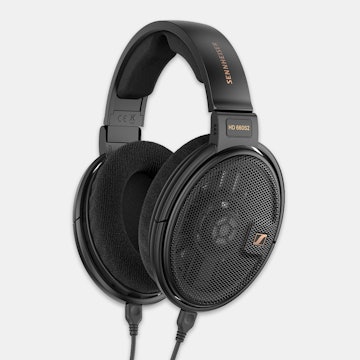
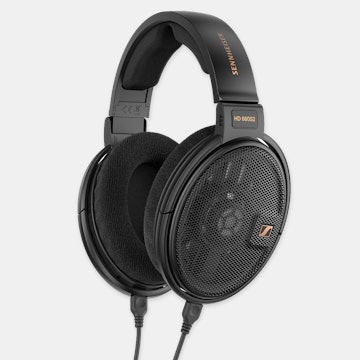


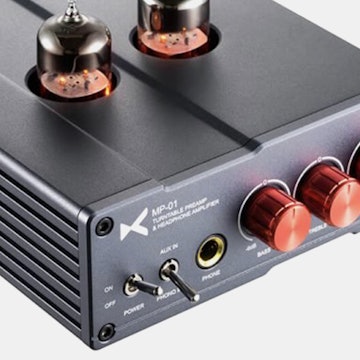
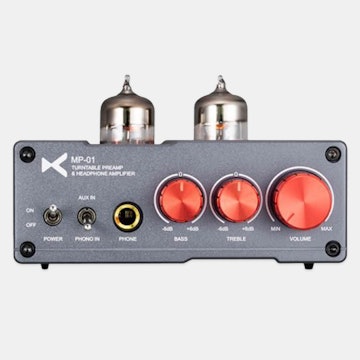


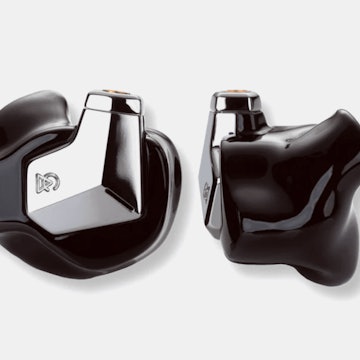
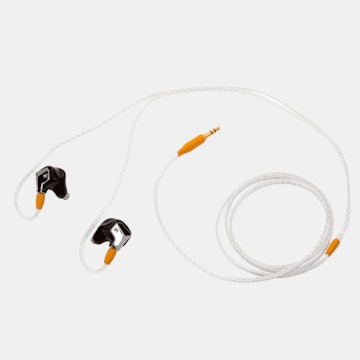


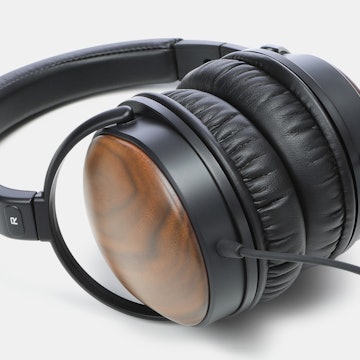

The sound quality could be better (but could be worse), it has some operations quirks, but worthwhile as a transport or a secondary source.
SOUND QUALITY: It is better than many audio components that include a headphone amp as a secondary purpose (a large percentage of which sound rather poor), but I would rate it only at the upper end of the mediocre range. Via the balanced out, there is a decent amount of power, and it drives the Sennheiser HD650 well. The bass is where this amp performs best. It is tight, well-controlled, with fast attack and nothing in the way of unnatural resonances or coloration. It seems ever so slightly subdued on non-bass heavy music. But as soon as you put something on with extended bottom end, it is appropriately prominent, well-extended, and the amp handles compressed high-LUFS mastered bass quite well. But, the bass notes lack the vibrance present with higher-quality amplifiers. The midrange and upper midrange have this glassy characteristic that masks detail and obscures texture. It reminds me very much of the iPhone 4S in terms of the sonic character, with more power and better low-end. The upper midrange can often sound shrill and harsh on vocals, even with laid-back cans like the HD650. Around 8-10kHz it is harsh and sibiliant. For these reasons, it is a good pairing with a darker headphone like the HD650, a poor pairing for a bright can like the Hifiman HE400i or HE4xx, and a decent pairing with the HE400S given the latter's reduced top-end compared to its siblings. I daresay it can actually make the HD650 sound a touch bright on some passages, which is quite a statement. It has a very narrow soundstage, with virtually no space or air around the instruments, and poor separation of things like individual voices amongst vocal harmonies. The overall character is thin, except for the solid bottom end. If you are one of those folks that confuses crisp treble with detail, you will probably think this amp is very detailed. The upper treble is too crisp and prominent. But, if you know what actual detail is and you have experienced ears, I believe you will find this amp to be lacking in detail. Note that despite these critiques, it does sound better than the headphone amps in my receivers, CD players, etc., and better than many cheap amps. But, in this price range, the Massdrop Cavalli Tube Hybrid (CTH) is a much, much better sounding amp. I also found the onboard amp in my Hifiman Supermini DAP to sound notably better. But again I must stress that this is a better sounding headphone amp than most in the under $200 price range. I have other DACs with the SABRE 9018 chip that sound much better, such as the Hifime Sabre DAC at a fraction of the price. This must be a function of the implementation around the DAC chip, perhaps the capacitor coupling of the output and the particular caps used (speculation) or the fact that this is the version of the 9018 chip with the onboard headphone amp, whereas my other 9018 DAC has a separate headphone amp op-amp chip. But, you must factor in that you are getting a hi-res network music player with remote and color LCD screen, so only a portion of the cost is allocated to the headphone amp. Note that I only evaluated the balanced headphone output, not the single-ended. The analog line output sounded better than the headphone amp. QUIRKS: Via the analog line output, there is a notable click/pop every time you skip to a track. Very annoying. This was much less noticeable through the balanced headphone jack, but if you listen for it you can still hear it there too. NETWORK CONNECTIVITY AND PLAYBACK The unit connected to my 2G wifi no problem, but would not connect to my 5G networks. The device could not play back 96/24 WAV files over the network from my standalone music server without massive stuttering and glitching, even though my other devices (including an 8 year old PC) can do so flawlessly. BLUETOOTH: I had tons of trouble connecting any of my devices to Bluetooth at first, until I figured out that you must first turn OFF the HiBy Link setting on the DP3, then connect your device to BT, then turn HiBy Link back on. Otherwise, the HiBy Link causes you to get a "connection failed" message every time you try to pair a BT device. But once I figured this out, I had no further problems with BT pairing. REMOTE: The IR remote works quite well, as does the Android app once you figure out the quirks of BT pairing. But, you must first press the "B" key on the remote to get it to function with this device, otherwise it will not work. INTERFACE: The interface is very speedy, even with large music libraries on local disks (20000+ songs). And, unlike many devices, it can shuffle all your songs on locally attached disks no problem. It managed to scan and catalog my 20000 songs in just a few minutes- much faster than some of my other devices. But, when I connected it to my NAS, it wouldn't shuffle all the songs unless they were all in the same directory on the NAS. So, if I have subfolders for artist and album on the NAS drive (SAMBA protocol), it will only shuffle the songs from the album in the folder you're currently in. I did not test DLNA or Airplay. FIRMWARE: This device came with version 0.6 BETA installed. I found it surprised that they would ship with a beta version of the software. I upgraded to the latest current version as of July 19 2018 from SMSL's website, and noticed no differences. SUMMARY: While it has its shortcomings, it is better sounding than I expected in this price range, and I like it better than the Schiit Magni 3/Vali2/Modi Multibit (all of which I disliked), though the amp is less powerful. I think at this price point it is good for someone on a limited budget, good for a second system in perhaps an office or a bedroom, and potentially good as simply a transport/player going out the digital output into an external DAC or receiver, though I haven't yet tested it in this capacity.